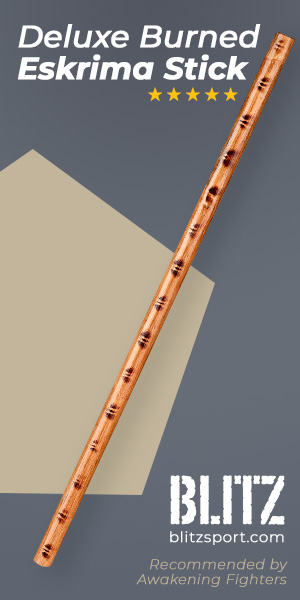Summary
Silat is a combative martial art that was developed in the Malay Archipelago, Nusantara, and Malaya Peninsula. Silat is, in fact, a collective name given to different styles of martial arts practised in ancient times in the regions which now comprise of Indonesia, Malaysia, Singapore and south Thailand. With hundreds of different fighting styles, Silat comprises of dynamic body movements, including strikes, blade handling techniques, deadly joint manipulations, and throws. This art is closely knitted with the social and cultural tradition of these regions for centuries now, and during the colonial days, the local ‘pesilat’, or the practitioners of this art, used Silat to liberate their motherland from the British and Dutch rules.
History / Origins
ETYMOLOGY
Silat goes under many names, others being Gayong, Gayong, Bergayung, or Seni Silat. But the origin of the word silat is a mystery, and it is speculated that it may have originated from a Tamil word ‘silambam’, which was used by Indian community settled in Malaysia. Though, others argue that the martial art got its name from some similar sounding words like.
- ‘Sekilat’ which means ‘quick as lightening’.
- ‘Si Elat’ was name given to the practitioners, where ‘elat’ refers to art of deceit, trick, and illusion.
- ‘Ilat’ relates to unfortunate, destruction, or accident.
BEGINNINGS
The origination of martial arts of the region cannot be pinpointed, though Silat got some momentum in the 7th century. The evolutions of the various fighting styles of Malay Archipelago and Indonesia are accredited to the military training and hunting techniques practiced by natives. Later began the era of fusion of cultures, and Malay witnessed their local cultural flavour being influenced by the Indian and Chinese cultures. From religion to medicine and weapons, most of them had their origins in either India or China.
Then an Islam wave swept through the Malay world, and Silat was taught along with the principles of the religion. Under the Malacca Sultanate, Majapahit and Srivijaya empires, it was the most deadly weapon in the arsenal of the sultans, prime-minister, and warriors. The flames of Silat then crept to Bali, Java, Borneo, and Sulawesi. In Malaya peninsula, a legendary character Hang Tuah of the 14th century is considered to be the father of Silat.
PRESENT DAY
Present day Silat has revamped itself and is no longer looked upon as it was once assessed. Neither is it practised for vengeance by a real time fighter, nor is it practised in natural surroundings of olden days. There are many modern training facilities which have opened up all across the globe. And in modern times, there is no better sport than MMA, which has taken up to promote martial arts more than ever. Modernization has openly opened doors of secretive arts like Kali/Eskrima, and various other ancient weapon arts.
FOLKLORE
The earliest forms of Silat are said to be crafted by watching the effective movements of the animal kingdom. The predatory skills of the wild animals motivated humans to adopt those natural manoeuvres for self defence, and to strike down the opponents. And the masters of this art believe that the animal-based movements were the imports from India.
There are many myths floating around associated with this speculative fighting art. It is said that the earliest form of Silat, that we can recognise in today’s fighting style was found in Sumatra. According to a local legend there, there was once a woman who observed the fights of different animals, and ended up making up her own combat system. Then, many years later, a Buddhist monk who travelled via Southeast Asia, Bodhidharma, walked in from India and added spirituality to the combative art. Therefore, spiritual trainings were added to the self defence curriculum.

| COUNTRY OF ORIGIN: | Unknown |
| TIME OF ORIGIN: | - |
| PRACTISED: | |
| FOUNDERS: | – |
| FOCUS: | – |
| ALSO KNOWN AS: | Gayong, Gayong, Bergayung, Seni Silat, Pencak Silat |
| PARENTHOOD: | – |
| DESCENDANTS: | – |
| OLYMPIC SPORT: | No |
NOTABLE FEMALE PRATITIONERS
–
NOTABLE MALE PRATITIONERS
–

| NATIONALITY: | |
| DATE OF BIRTH: | |
| AGE: | |
| BORN: | – |
| RESIDENCE: | - |
| ALSO KNOWN AS: | Gayong, Gayong, Bergayung, Seni Silat, Pencak Silat |
| OCCUPATION: | – |
| JOB TITLE: | – |
RELATED FEMALE INDIVIDUALS
–
RELATED MALE INDIVIDUALS
–

| COUNTRY: | Unknown |
| LOCATION: | - |
| FOUNDED: | - |
| OPERATIONAL: | |
| FOUNDERS: | – |
| ALSO KNOWN AS: | Gayong, Gayong, Bergayung, Seni Silat, Pencak Silat |
| SECTOR: | – |
| DESCRIPTION: | – |
| WEBSITE: | - |
ACOSSIATED INDIVIDUALS
–
ACOSSIATED ATHLETES
–
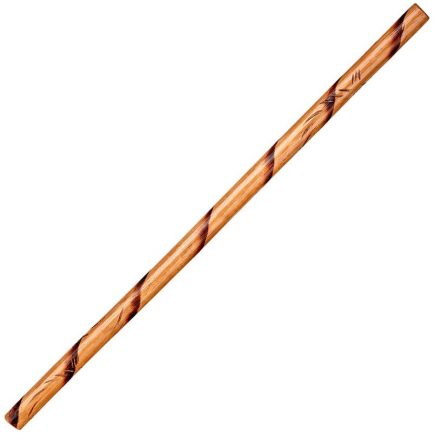
Carve Escrima Stick
The Carve Escrima Stick features carvings on the grip and a burned spiral pattern throughout the length of the stick.
£9.99
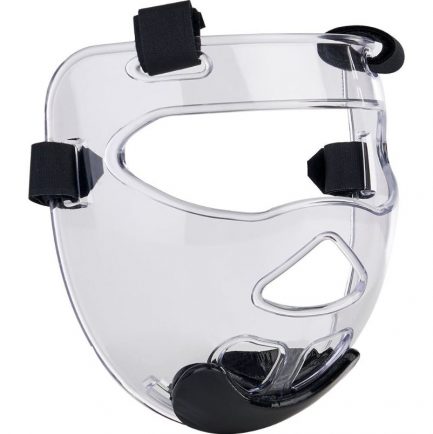
Scorpion Face Mask
The mask offers a full peripheral vision with an open eye design, and additional padding on the chin for extra comfort.
£27.99
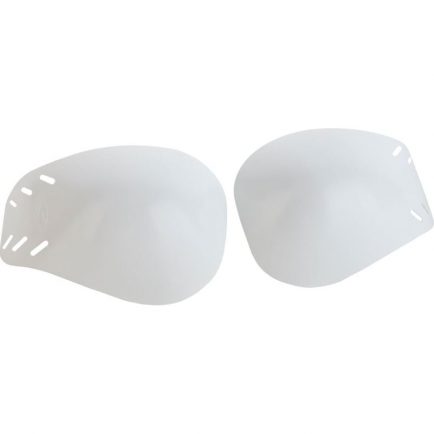
Cool Guard Inserts
Two separate moulded inserts to be used in conjunction with the Cool Guard sports bra. Side vents ensure you keep cool.
£15.99

Escrima Weapon Case
A zip up black vinyl case that can hold up to 2 escrima sticks. Dimensions: 74cm x 11cm. Includes a carry handle. 74cm x 11cm.
£11.99
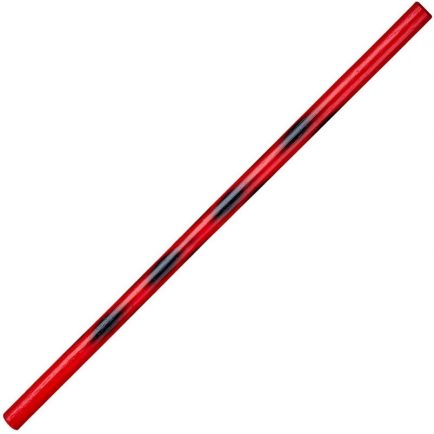
Tiger Cane Escrima Stick
Practice your blocking and counter attacks with ease! Hard wearing, lightweight and designed for use by the more serious martial artist.
£9.99
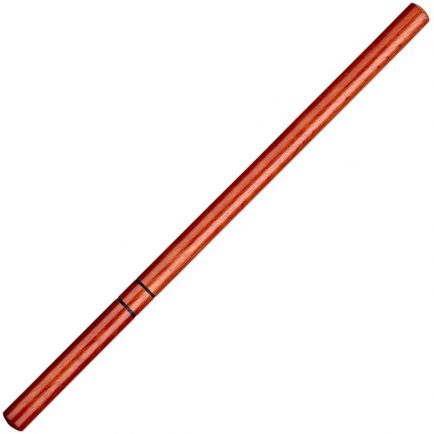
Natural Escrima Stick
Practice your blocking and counter attacks. Hard wearing wood. Designed for the more serious martial artist. 500 grams.
£10.99

Intercept Body Protector
Lightweight, high impact, reversible body armour specifically constructed to protect your chest, upper abdomen and ribs.
£46.99
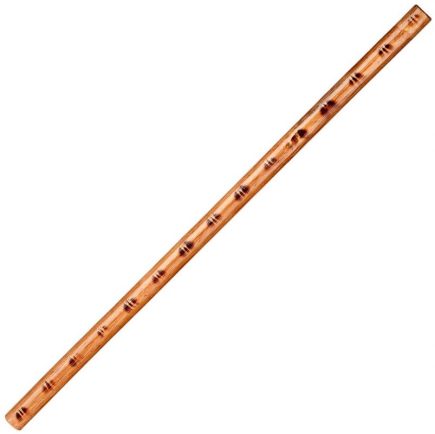
Burned Escrima Stick
Blitz Deluxe Burned Escrima Stick. Practice your blocking and counter attacks with ease! Hard wearing and lightweight.
£9.99

Striped Escrima Stick
Practice your blocking and counter attacks. Hard wearing wood. Designed for the more serious martial artist. 500 grams.
£10.99

Blitz Foam Escrima Stick
Blitz Foam Escrima Stick is an ideal option when practicing techniques. Made with a rigid PVC inner core and flexible foam padding.
£9.99
Practices
PHILOSOPHY
The philosophy of Silat encompasses the physical, mental, and spiritual aspects of human life. The practitioners lay emphasis on principles and take the vow that:
- They will remain noble persons, and will exhibit strong mind and character.
- They will show respect to their fellow humans and seek friendship and peace with all.
- They will stand up against injustice, dishonesty, and they will dare to face any challenging situation.
TECHNIQUES
This section needs collaborators. If you want to contribute, please email info@awakeningfighters.com
TRAINING
This section needs collaborators. If you want to contribute, please email info@awakeningfighters.com
RANKS & GRADING
This section needs collaborators. If you want to contribute, please email info@awakeningfighters.com
WEIGHT CLASSES
This section needs collaborators. If you want to contribute, please email info@awakeningfighters.com
Rules / Rulesets
RULES / RULESETS
In the traditional Malay way, the art of Silat was practised outdoors, in special area called ‘gelanggang.’ These areas were especially set up in a jungle clearing or on other outdoor constructed areas, and they were fenced all around with bamboos and coconut leaves so that the secrets were not let out in the open. Before the beginning of the training, a ritual called ‘buka gelanggang’ is performed, where a lemon is cut and its lime juice is sprinkled over the floor. The master then walks in a unique pattern across the arena to show respect to ‘gelanggang’ or any guests who may be present, and they never turn their back to the front of the arena. After this, there are some further recitations of mantras used to infuse positive energy, and then the guru sits down in meditation.
This practise is still carried on in the modern times in indoor gelanggang, and prayers and recitations are still done before the start of the training. The trainees are expected to show mutual respect for fellow beings and be at their humble best.
Organisations & Historical Places
ORGANISATIONS
(If you are interested in having your organisation listed, please contact us at info@awakeningfighters.com)
HISTORICAL PLACES
This section needs collaborators. If you want to contribute, please email info@awakeningfighters.com
Popular Culture
POPULAR CULTURE
Silat is not limited to kicks, punches, locks, and throws – it has manifested itself as a dance form as well. Today it is performed during festive occasions like weddings or other cultural and social gatherings. The movements are well choreographed and are performed individually or with a partner with a live band playing in the background.
Silat’s impact can be seen in many ancient dance forms, such as ‘randai’ folk dance which men practised. Likewise is the ‘inai’ dance of north Malaysia. Silat has also made an impression in the storytelling art of ‘bakaba’, and ‘saluang jo dendang’, the song and flute performance.
Silat has also infringed upon the cinematic world and its presence has been felt since the black and white eras of Indonesian and Malay movies.
Useful Links
USEFUL LINKS
Links coming soon
References
REFERENCES
- http://en.wikipedia.org/wiki/Silat
- http://www.fighter.com/styles/silat
- http://www.silatfighterhandbook.netau.net/fight/forward.html
- https://aymanwarriorjourney.wordpress.com/2013/06/30/silat-as-real-as-it-gets/comment-page-1/
COLLABORATORS
No Collaborators found




